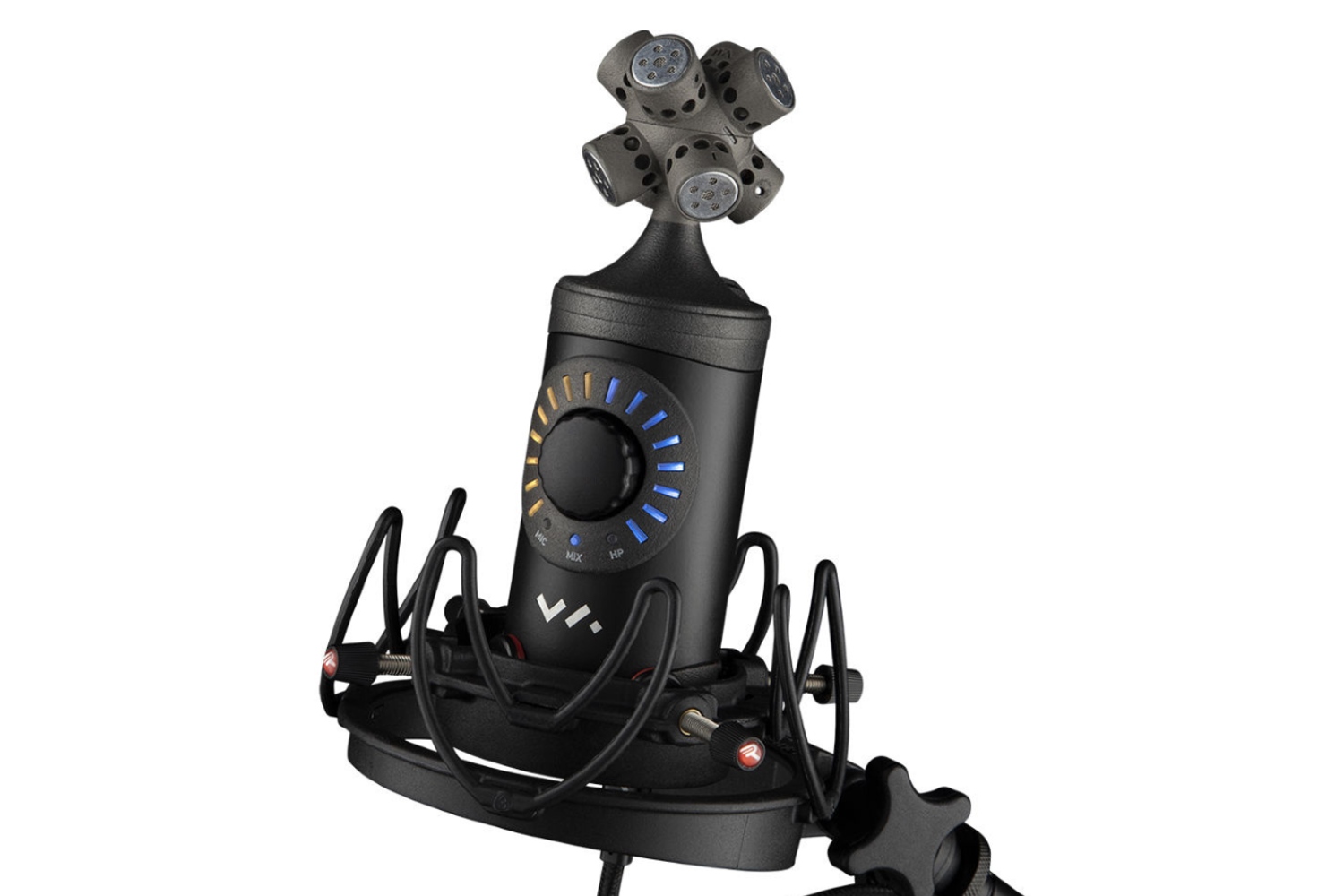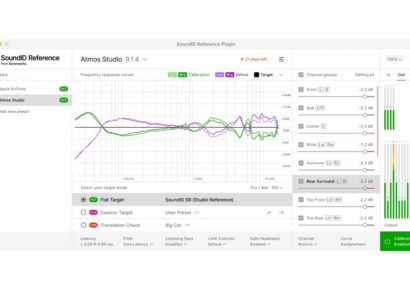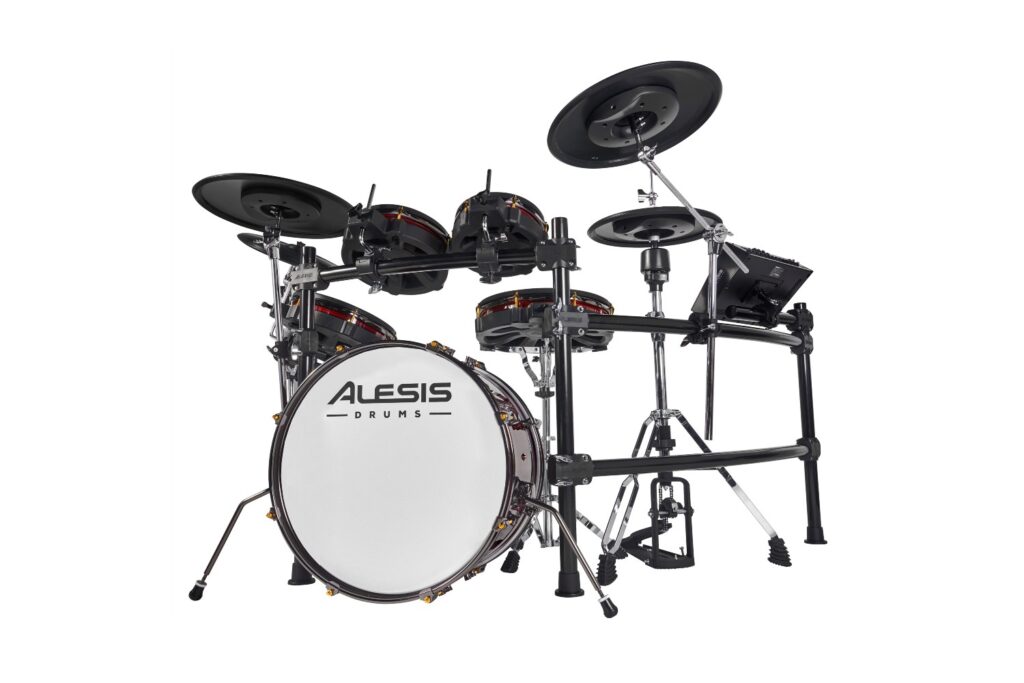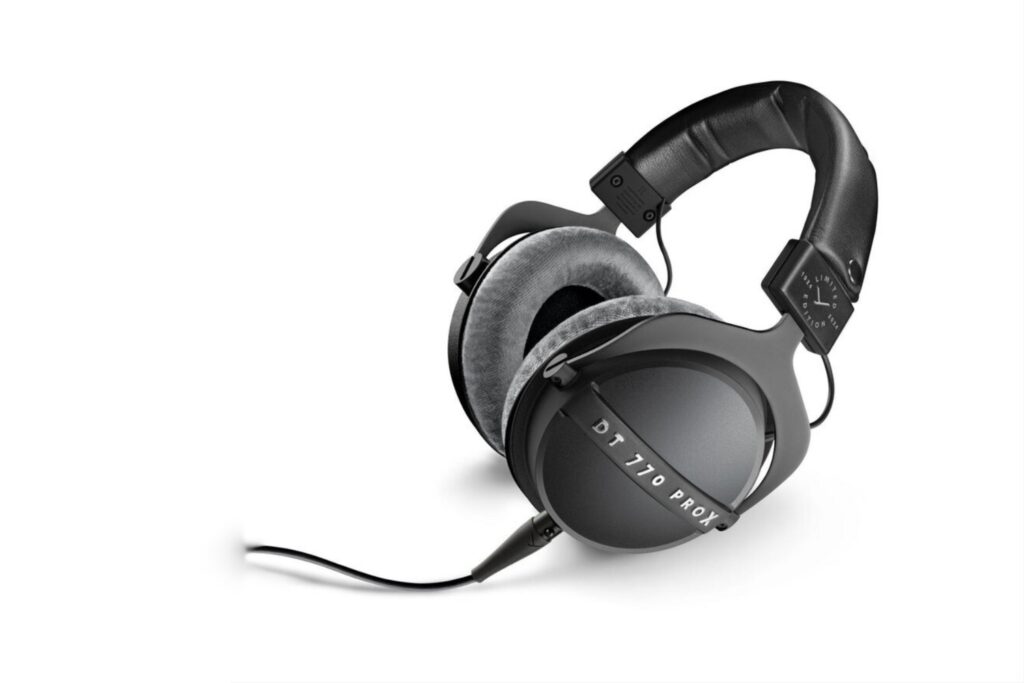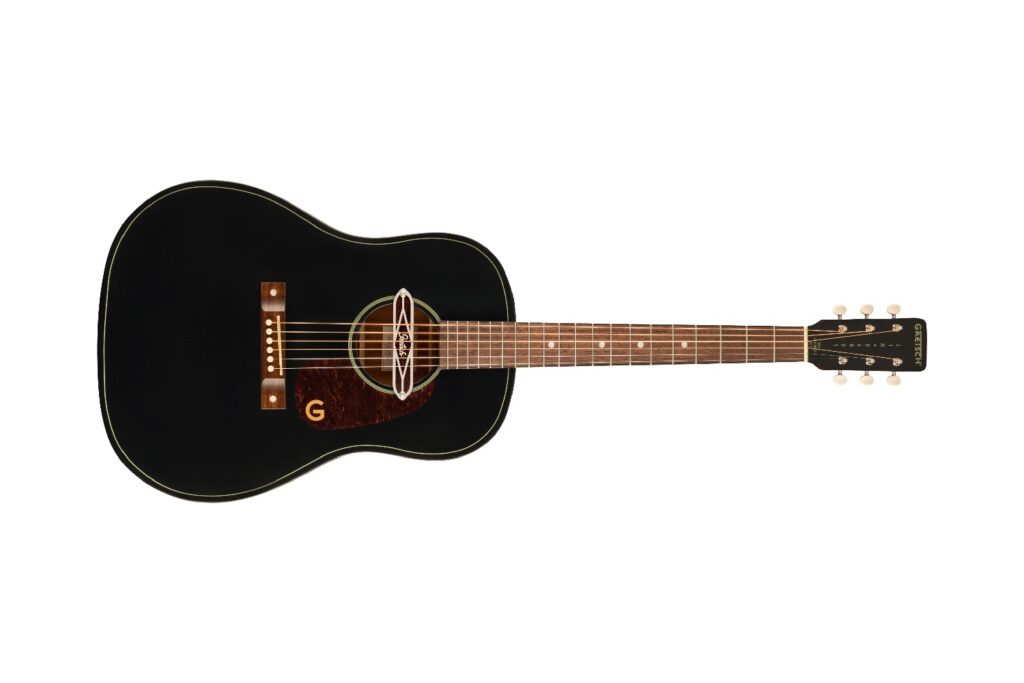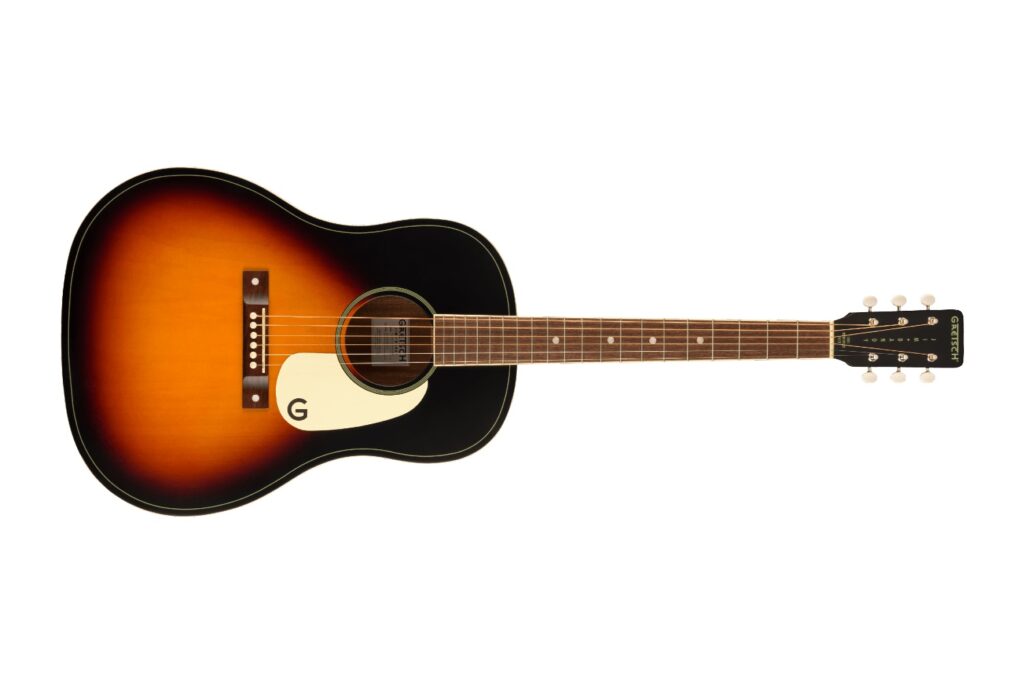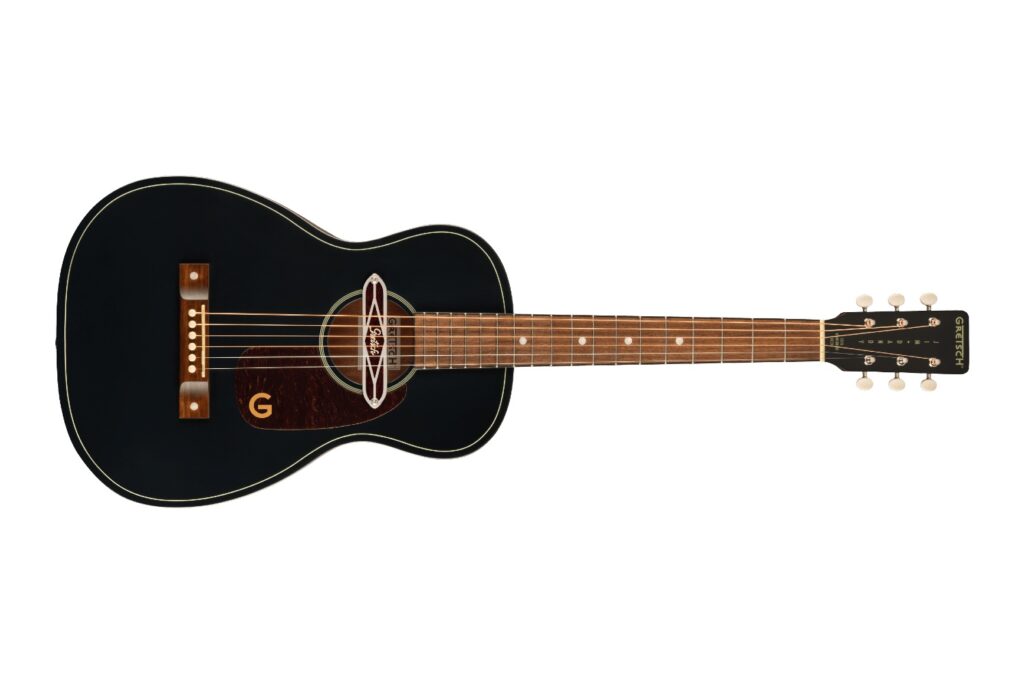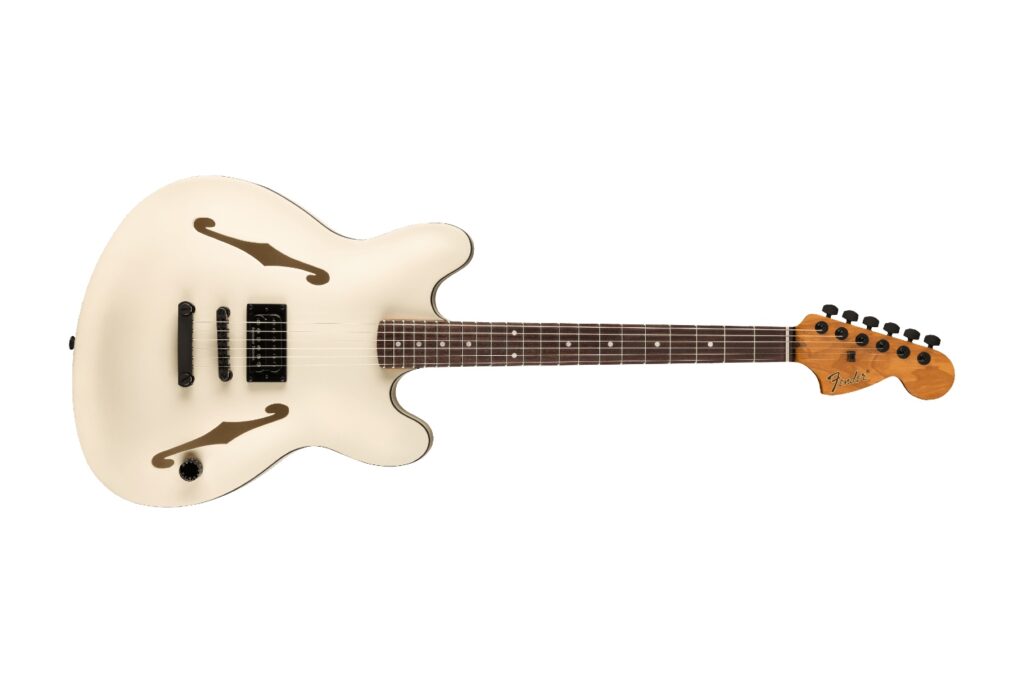Voyage Audio Spatial Microphone USB | Sound and Music | RRP: $1679.99
There’s a mere handful of companies that can boast a truly specialist product in the immersive audio sphere, and for Voyage Audio, their Spatial Mic and its accompanying plugin and control app is one such product.
Read more gear reviews here.
Anyone even remotely delving into the VR, AR, XR and 360-degree sound design realms understand the importance of the authenticity of the immersive worlds, so it’s interesting that up until quite recently, there’s been the majority focus on mixing and post production technology when a glaringly giant, all be it important hole had been left sitting void – the audio recording and subsequent capture itself. Whilst Blumlein (mid/side) processing and decoding is an age old technique, a truly 360-degree sound capture just wasn’t really being thought of, at least not in a really meaningful way, let alone commercially viable and available to the average Joe wanting to delve into these unexplored territories.
The Voyage Audio Spatial Mic is, at first glance, a USB microphone, but not exactly geared up for your next podcast. Although it certainly could do that without even batting an eyelid. Upon closer inspection under the head basket are not one, not two or four but eight individual analogue capsules, enabling 2nd Order Ambisonics. Just wrap your head around that for a quick second – eight capsules. The A-D conversion is pretty great, utilising high resolution Skyworks clocking scheme and built-in 32-bit XMOS processing. The USB streaming can capture at 24-bit / 96kHz, or via the ADAT lightpipe connection 24-bit / 48kHz.
Connecting headphones to Spatial Mic, you’ll enjoy binaural playback (which is very interesting and entrancing in my testing). The accompanying Spatial Mic converter plugin allows for each access to numerous different formats depending on one’s audio production needs ranging from mono, stereo, surround sound, through to Ambisonics – the latter is achieved via an internal 64-channel filter matrix and measurements from an anechoic chamber. The mathematics required for this alone is worth the price of admission.
The plugin also allows for the raw unprocessed audio signals from the Spatial Mic USB to be converted a number of different formats suitable for any type of audio production which makes a tonne of sense when we think about the kind of Multimedia applications the Spatial Mic is likely to find itself in.
Setting up Spatial Mic for recording in a DAW was incredibly easy and yielded some great results of a live gig I recorded in Pro Tools. I simply set input gain, mounted onto a small stand (the included thread adapter is a stroke of genius by the way) and away I went. Simply assigning each of the 8 inputs via USB (when Spatial was selected as the playback device) – I was ready to go.
What I particularly enjoyed when testing before I mounted the mic for recording the gig, was just walking around the space with just ambiance and room sound. The nuance and detail with things like natural reverb tails and room reflections are truly astonishing. Whether it be by sheer virtue of the number of capsules present on the Spacial mic, or the quality of the capsule design and componentry, it’s something that really needs to be experienced to be fully understood. I’ve played with some handheld recorders in the past, which have a couple of omni capsules and an X/Y pair, but I’ve never heard anything quite like this before. The front to back and rear sound capture was absolutely incredible; three-dimensional, to the point where it starts to manipulate your psycho-acoustic perception.
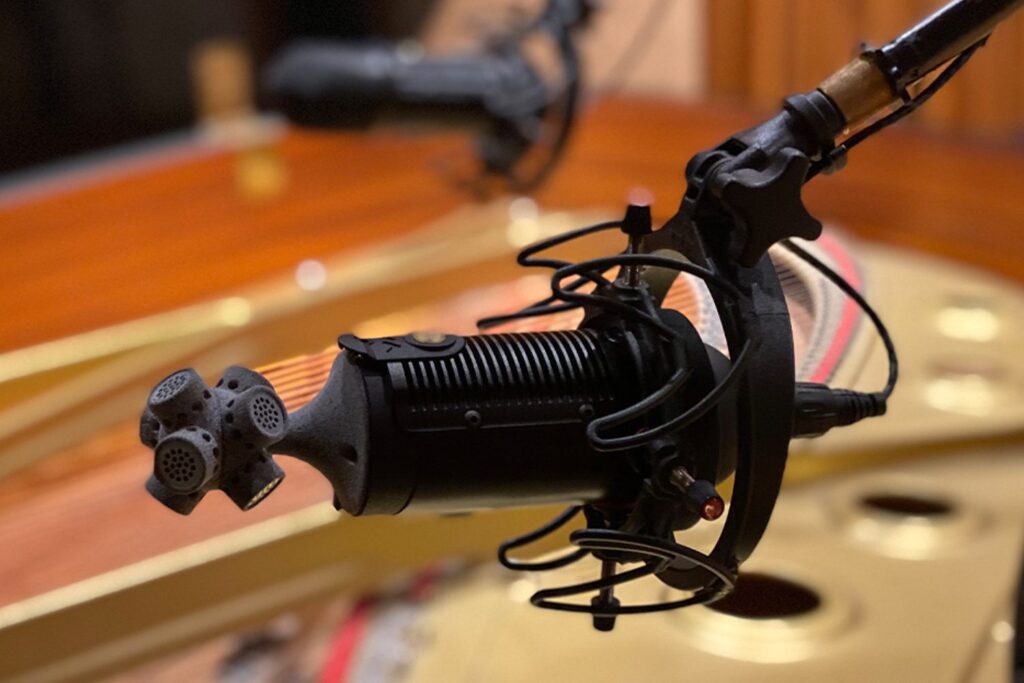
As a musician’s mic, the quality of the capture, combined with the level of sonic creativity that this spatial mic lends itself to, makes it an awesome choice for anybody with an appetite for experimental micing in the open air. I can imagine the spatial mic being absolutely at home down in the orchestra pit, where it can take the full sonic heft of an ensemble in full swing from a central locale. Endless possibilities.
I was really impressed with this product, the overall package is very nicely put together, with good quality cables, a windscreen and other accessories. And obviously – the mic itself is great. Although the dial, I felt, could have been a little stronger. But realistically, I can’t imagine it causing any serious issues under expected use.
There is little doubt that immersive and multichannel audio are experiencing a period of mass technical progression, but for the most part this has largely been concerned with the other end of the signal chain: the monitoring and playback end. Voyage Audio Spatial Mic USB is one of the first purely immersive microphones we have seen in the space, and suffice to say, it’s nothing short of a game changer.
In the not so distant past, to realistically have set up something like what Spatial Mic is capable of doing, a staggering amount of equipment would have been required. From all of the multiple mics, handfuls of pre amps, looms of cabling, subsequent decoding, phase alignment and sheer hours of setup, to final delivery of a truly cohesive 360-degree capture – it would have been immense. So, with this in mind, Voyage Audio have really achieved something quite incredible. Their accompanying plugin does a huge amount of heavy lifting and is not only super intuitive to use, but fun to play with and gives some very insightful visual feedback. A must try for anyone working in immersive, field recording, sound design, live and studio recording. A great addition to the mic locker – and to most audio tool kits.
For more information, head to Voyage Audio. For local enquiries, visit Sound and Music.
